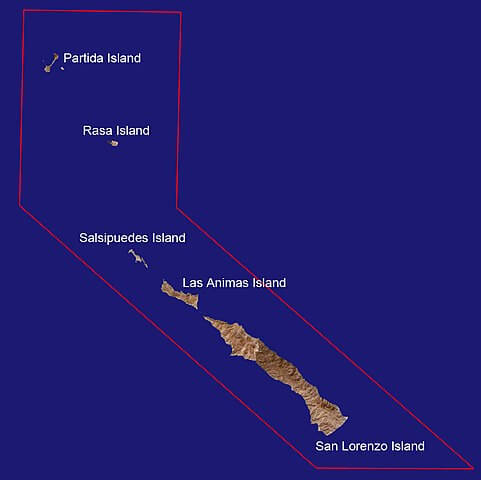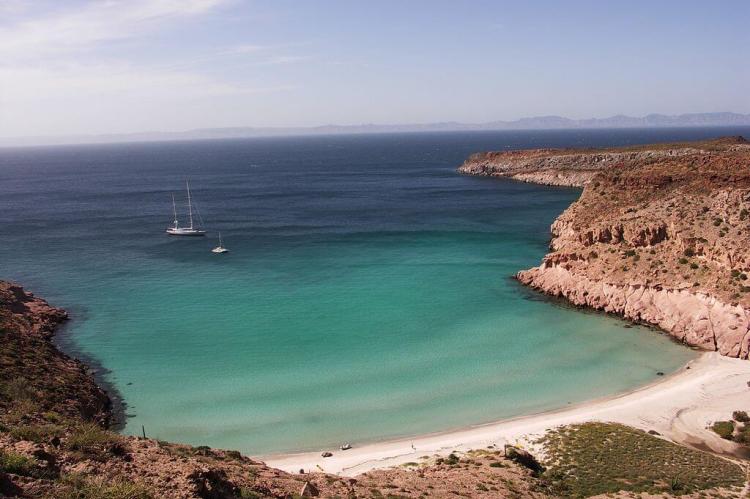San Lorenzo Marine Archipelago National Park (Mexico)
San Lorenzo Marine Archipelago National Park, located on San Lorenzo Island, is part of an archipelago in the Gulf of California off the eastern coast of Baja California. The area is protected due to its importance as a habitat for several endangered species.
San Lorenzo Marine Archipelago National Park
San Lorenzo Marine Archipelago National Park is located in the northern Gulf of California, also known as the Sea of Cortez, off the eastern coast of Baja California, Mexico. The area is protected due to its importance as a habitat for several endangered species.
The total area of San Lorenzo Marine Archipelago National Park is 50,442 ha (124,645 acres) and comprises the following islands and their surrounding maritime border:
- Isla San Lorenzo
- Isla Las Animas
- Isla Salsipuedes
- Isla Rasa
- Isla Partida
Part of the Midriff Islands, the archipelago is part of the municipality of Mexicali, Baja California. San Lorenzo Island is located southeast of the city, separated by the Salsipuedes Channel.
The archipelago is surrounded by deep, cold water rich in nutrients. Most of San Lorenzo Marine Archipelago National Park is comprised of maritime areas. The small terrestrial portion consists of rugged islands with irregular coastlines eroded with many sea cliffs.
The islands of the archipelago exhibit dramatic topological changes where elevation goes from sea level to 485 m (1,590 ft) above sea level. The highest elevations are found on San Lorenzo Island, towards the southern end. The islands themselves were formed due to the uplift of crustal blocks along the southeastward-trending San Andreas Fault.
The islands experience a desert climate with hot summers and warm winters. High solar radiation levels and constant prevailing winds result in increased evaporation rates.
Flora and Fauna
Created as a marine national park to protect the fragile and vital ecosystem of the archipelago, one of the most important ecological areas of the Gulf of California, San Lorenzo Island, and surrounding areas are part of a rich ecosystem. This ecosystem is comprised of a large variety of flora and marine fauna.
The rocky shores of the islands teem with life. Mollusks, clams, isopods, lobster, and sea cucumbers thrive in these waters. Important aquatic invertebrates, such as squid, octopus, and jellyfish, gather here. Fish and marine mammals are also prevalent.
The islands are also home to colonies of seabirds and seals, both of which take advantage of deep, productive waters adjacent to the eastern Baja coast. Shallow waters and high levels of nutrients can also lead to blooms of green phytoplankton.
The San Lorenzo Archipelago's ecosystem consists of various commercially important fish. In addition, Swordfish, hakefish, and Risso's dolphin are also common in the waters surrounding the islands.
The fauna consists of the following endangered species: blue whale, humpback whale, killer whale, sperm whale, green turtle, hawksbill turtle, olive ridley turtle, and totoaba.

Aerial map of San Lorenzo Marine Archipelago National Park
